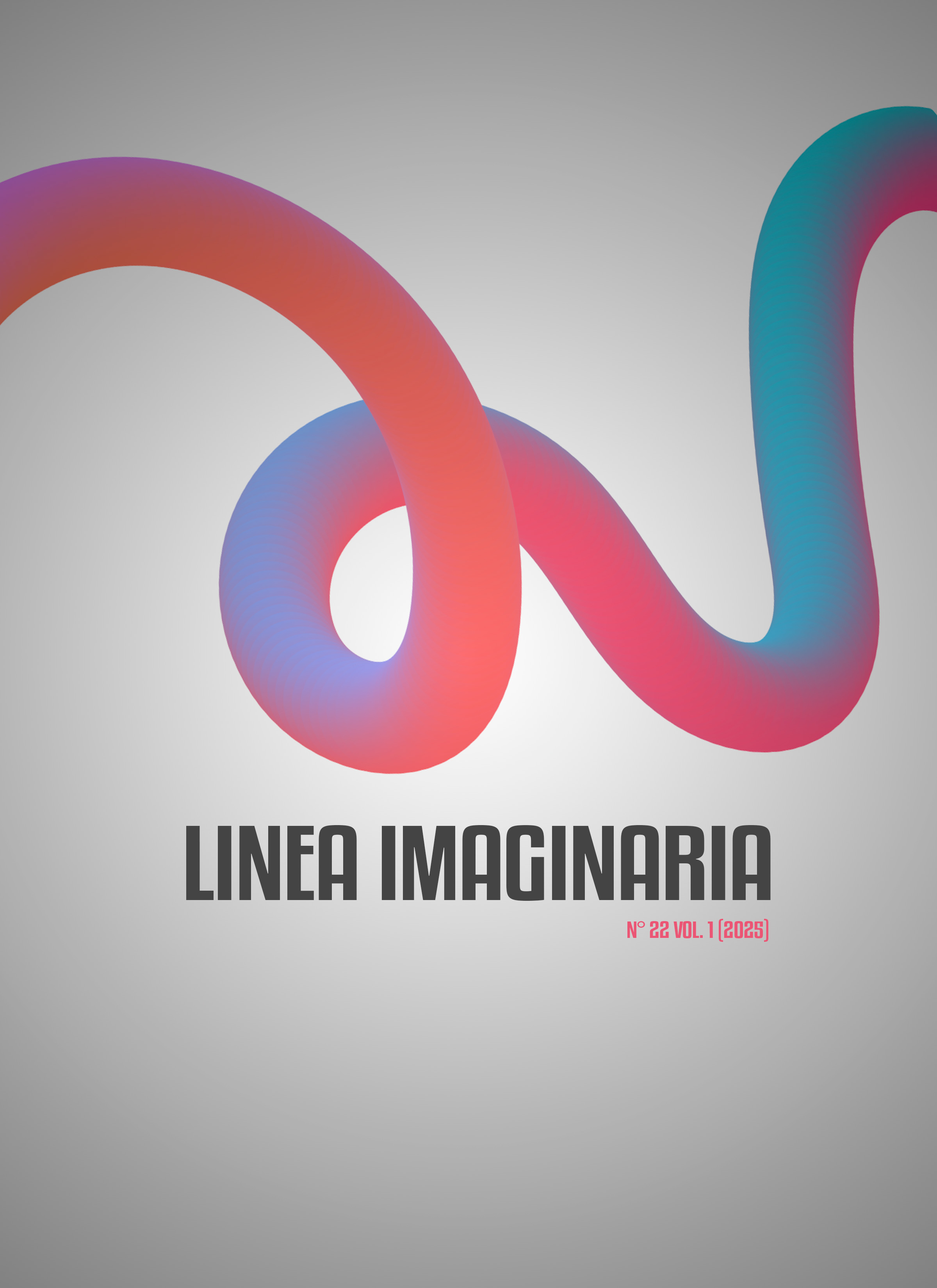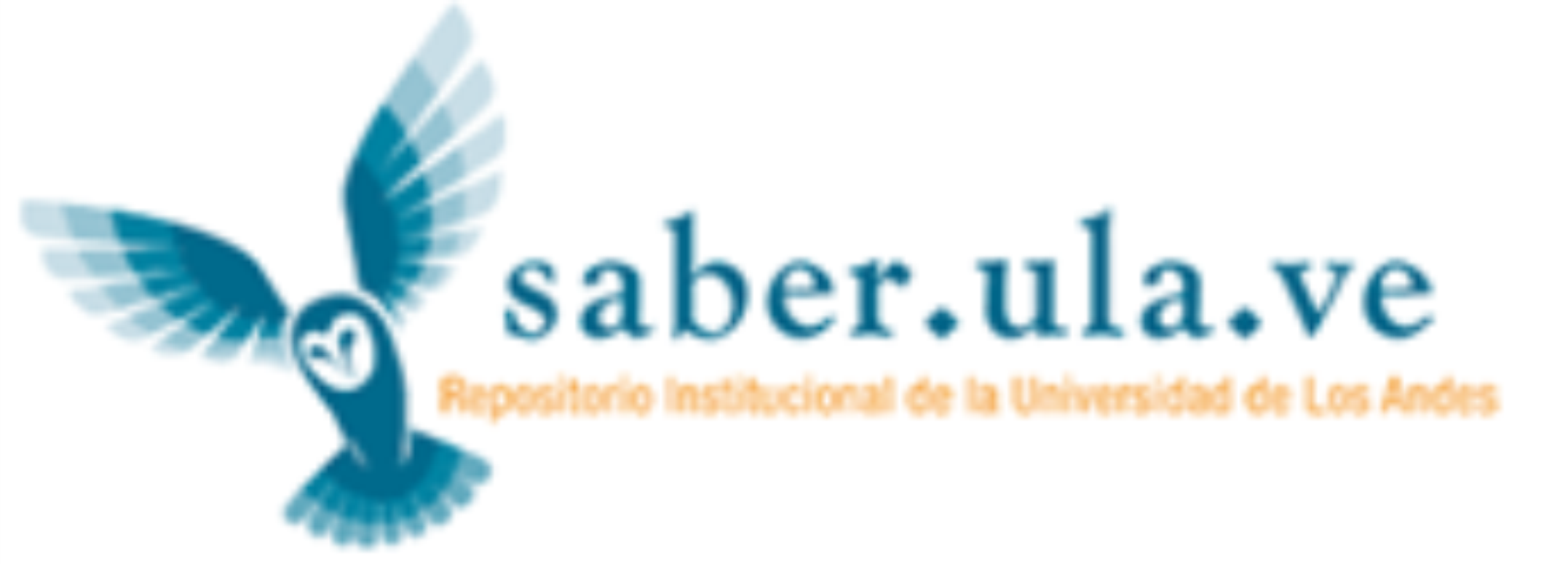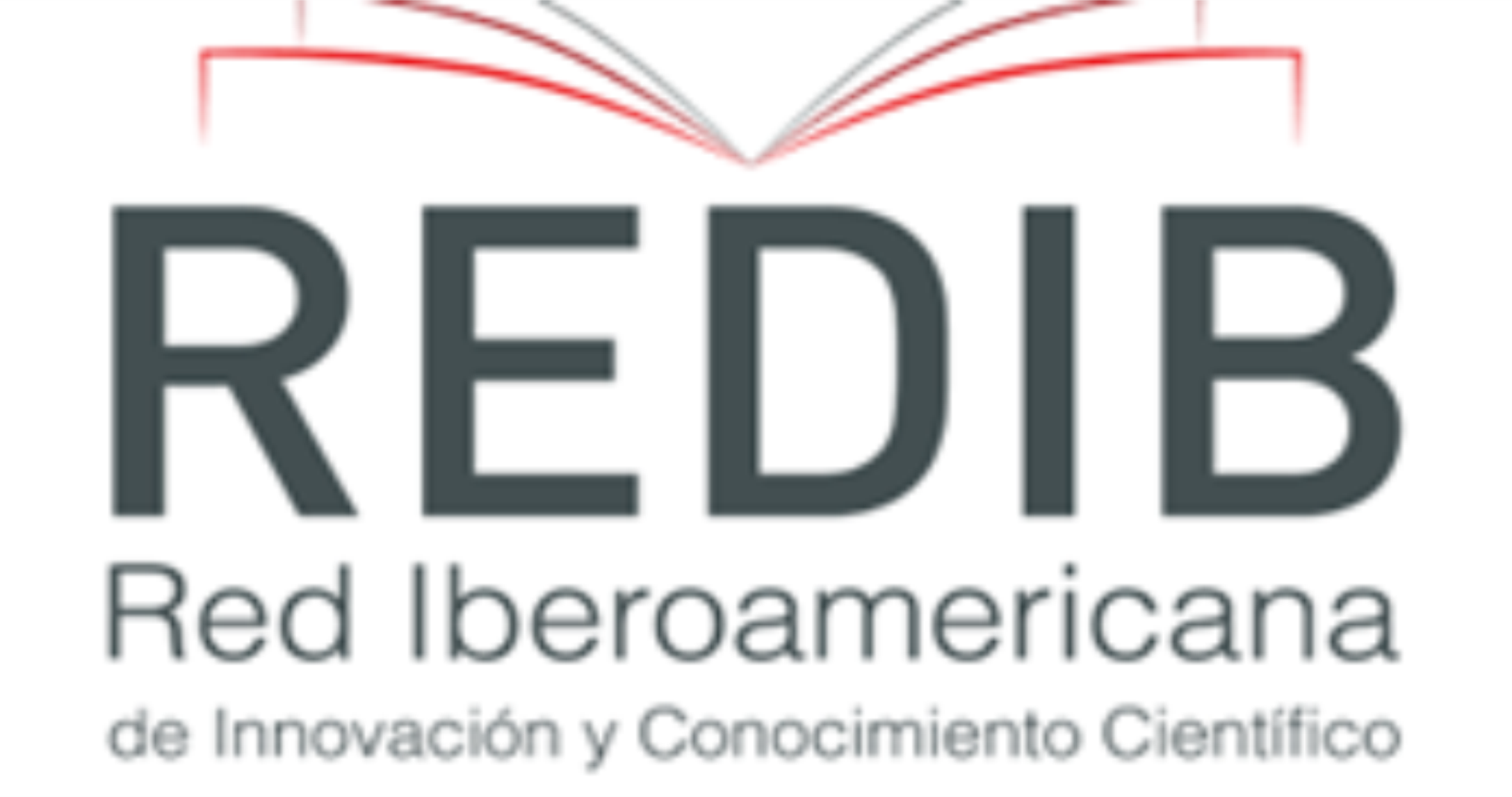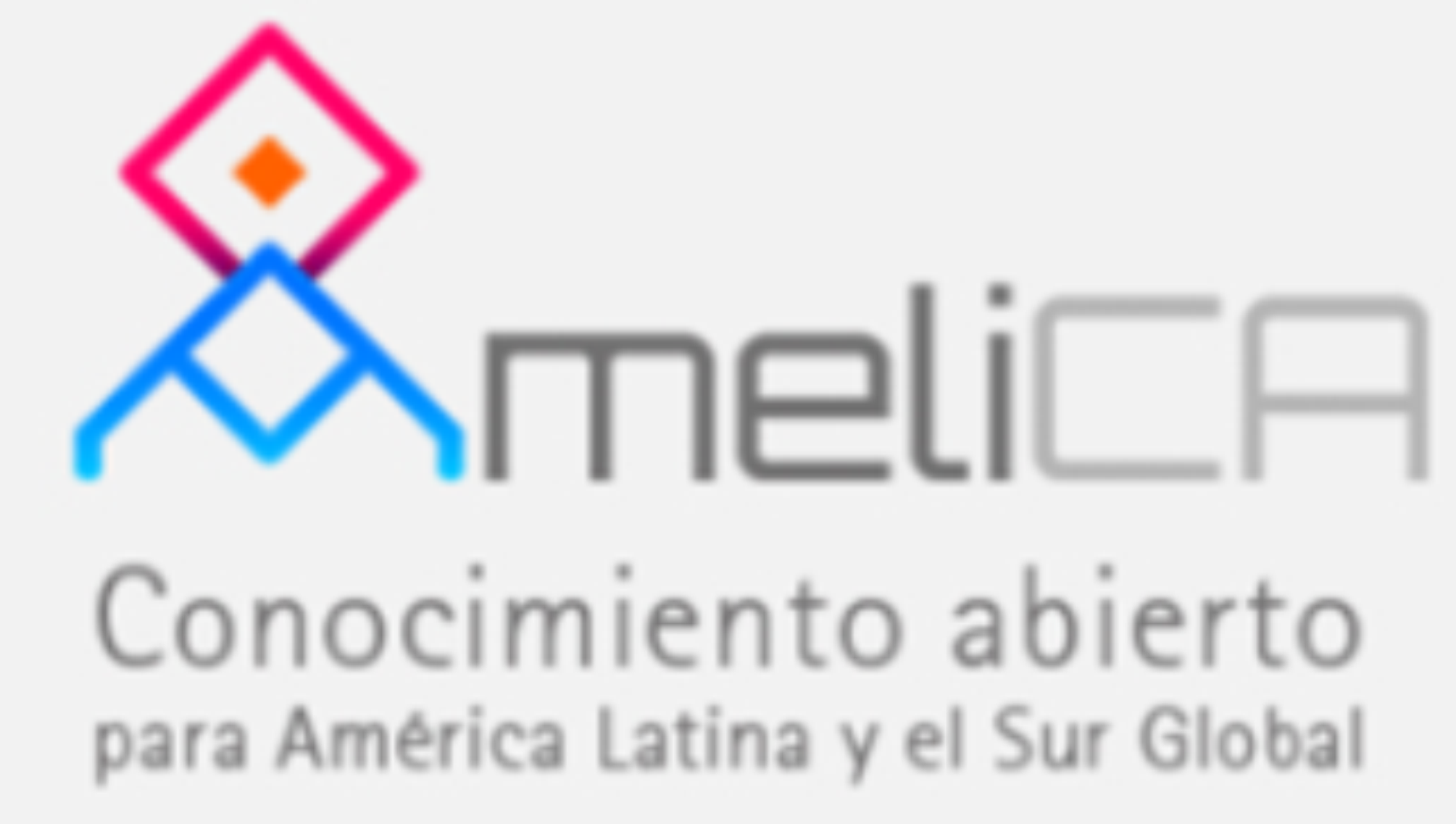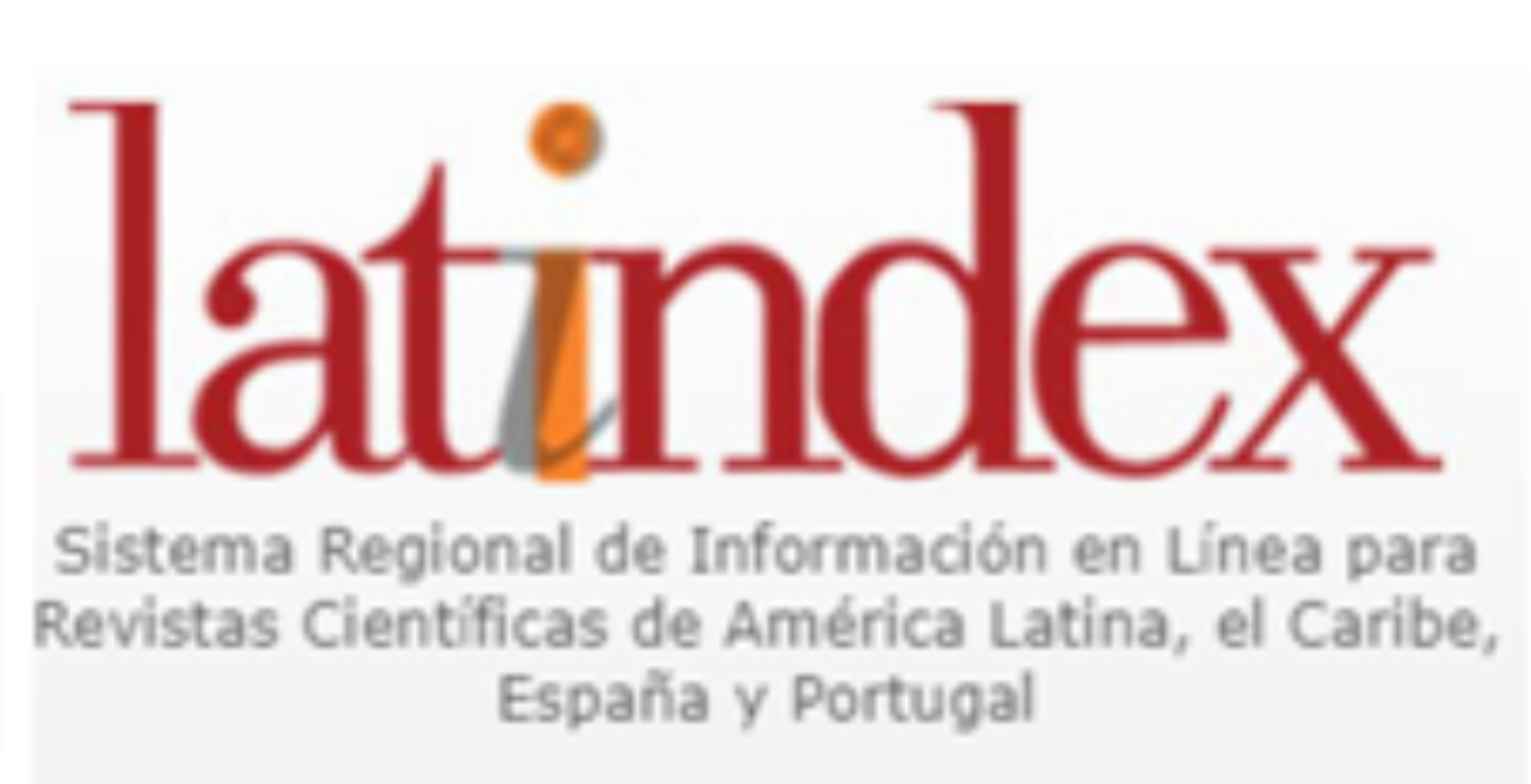CRITICAL THINKING IN THE FRAMEWORK OF EXPLAINING THE EDUCATIONAL REALITIES OF COLOMBIA
DOI:
https://doi.org/10.56219/lneaimaginaria.v1i22.4186Keywords:
Teaching and learning, critical thinking, educational realitiesAbstract
Critical thinking, within the framework of explaining the educational realities of Colombia, is fundamental to understanding and transforming the challenges facing the country's education system. Colombian education is characterized by its cultural, social, and economic diversity, which requires a deep and thoughtful analysis to identify the structural causes of its problems. In a broader sense, this article aims to analyze how critical thinking develops within the framework of trying to explain the educational realities of Colombia. To achieve this goal, a qualitative approach will be used, with an interpretive paradigm and a hermeneutic structure, as this is an essay-style text. As a result, it is clear that gaps in access to education, poor infrastructure in rural areas, and the lack of adequate resources limit opportunities for many students. Critical thinking helps analyze these inequalities not only from a superficial perspective, but also by considering their historical, economic, and political roots. This makes it possible to propose contextualized and sustainable solutions that address the root causes of educational gaps in different regions of the country.
Downloads
References
Annells, M. (1996). Grounded theory method: Philosophical perspectives, paradigms of inquiry, and postmodemism. Qualitative Health Research 6(3): 379-393.
Arnal, Justo, Delio del Rincón y Antonio la Torre (1994): Investigación educativa: Fundamentos y metodología, Editorial Labor, España.
Báez J. (2009). Investigación Cualitativa. Editorial ESIC. Libros Profesionales de Empresa.
Barbán G, (2017). Reflexión sobre la necesidad e importancia de una buena formación inicial y permanente del profesorado para la enseñanza de pensamiento. Colegio Internacional Lope de Vega de Benidorm, España.
Bello M., (2000). Innovaciones pedagógicas en la educación universitaria peruana. Lima. Perú: Universidad Peruana Cayetano Heredia.
Bryant, A. (2002). Re-grounding grounded theory. JITTA: Journal of Information Technology Theory and Application, 4(1). Hong Kong.
Briones, Guillermo (1 998) La Investigación Social y Educativa, Convenio Andrés Bello Colombia.
Glaser, B.G. (1992). Basics of grounded theory analysis. Mill Valley, CA: Sociology Press.
Gómez, C. G. y Ramos, C. L. S. (2015). Experiencias, vivencias y sentidos en torno a la escuela y a los estudios: Abordajes desde las perspectivas de alumnos y estudiantes. Revista Mexicana de Investigación Educativa, 20(67), 1019-1054.
Goulding, C. (1998). Grounded theory: The missing methodology on the interpretivist agenda. Qualitative Market Research: An International Journal 1(1), 50-57.
HERRERA, J. D. (2009) La comprensión de lo social. Horizonte hermenéutico de las ciencias sociales. Bogotá: Cinde.
Lozano, A. (2017). Facultad de Ciencias de la Educación en la Universidad de Málaga.
Marciales G. (2003). Pensamiento crítico: diferencias en estudiantes universitarios en el tipo de creencias, estrategias e inferencias en la lectura crítica de textos. (Tesis) Departamento de Psicología Evolutiva y de la Educación. Universidad Complutense de Madrid. Extraído el 20 de abril de 2015 de http://biblioteca.universia.net/html_bura/icha/params/id/3918533.ht ml.
Martínez, A. (2011). Análisis de Pertinencia y Factibilidad en la Aplicación de Procesos, Técnicas e Instrumentos para Desarrollar el Pensamiento Crítico - Científico en el Área de Ciencias Naturales a Estudiantes de Sexto y Séptimo Año de Básica de la Escuela Borja 2. (Trabajo de grado para la obtención del 188 título de Magister en Educación y Desarrollo Social). Universidad Tecnológica Equinoccial. Quito. Ecuador.
Perrenoud, P. (2005). Diez nuevas competencias para enseñar. Educatio Siglo XXI, 23. Recuperado dehttp://revistas.um.es/index.php/educatio/article/viewFile/127/111
Pezdek, & W. Banks (Eds.), Applications of cognitive psychology: problem solving, education, and computing. (pp. 7586). Hillsdale, NJ: Erlbaum.
Quintana, J. M. (1.987). Raíces griegas del léxico castellano, científico y médico. Madrid: Dykinson.
Quintana, A. (2006) Metodología de Investigación Científica Cualitativa [Documento en Línea] Disponible: http://www.ubiobio.cl/miweb/webfile/media/267/3634305-Metodologia-de-Investigacion-Cualitativa-A-Quintana.pdf
Radinger, T., A. Echazarra, G. Guerrero and J. P. Valenzuela (2018), OECD Reviews of School Resources: Colombia 2018, OECD Reviews of School Resources, OECD Publishing, Paris, https://doi.org/10.1787/9789264303751-en https://es.slideshare.net/KarinaDominguez25/aporte-de-autores-a-los-procesos-de-enseanza-y-aprendizaje.
Saiz, C. (2002). Enseñar o aprender a pensar. Escritos de Psicología, 6, 53-72
Saiz, C., & Rivas, S. (2008). Intervenir para transferir en Pensamiento Crítico. Revista Praxis, 13, 129–149.
Spicer, K. L., & Hanks, W. E. (1.995). Multiple measures of critical thinking and predisposition in assessment of critical thinking. Paper presented at the Annual Meeting of the Speech Communication, San Antonio TX, Noviembre.
Strauss, A. Corbin, J
Vieira, R. M., Tenreiro-Vieira, C., & Martins, I. P. (2011). Critical thinking: Conceptual clarification and its importance in science education. Science Education International,22(1). Retrieved from
Wells, K. (1995). The strategy of Grounded theory: Possibilities and problems. Social Work Research 19(1), 33-37.
Wuest, J. (1995). Feminist Grounded theory: An exploration of the congruency and tensions between two traditions in knowledge discovery. Qualitative Health Research 5(1), 125-137.
Downloads
Published
How to Cite
Issue
Section
License

This work is licensed under a Creative Commons Attribution-NonCommercial-ShareAlike 4.0 International License.
La revista Línea Imaginaria conserva los derechos patrimoniales (copyright) de las obras publicadas, que favorece y permite la reutilización de los mismos bajo la licencia Creative Commons Atribución-NoComercial-CompartirIgual 4.0 , por lo cual se pueden copiar, usar, difundir, transmitir y exponer públicamente, siempre que se cite la autoría y fuente original de su publicación (revista, editorial, URL y DOI de la obra), no se usen para fines comerciales u onerosos y se mencione la existencia y especificaciones de esta licencia de uso. Si remezcla, transforma o crea a partir del material, debe distribuir su contribución bajo la misma licencia del original.

